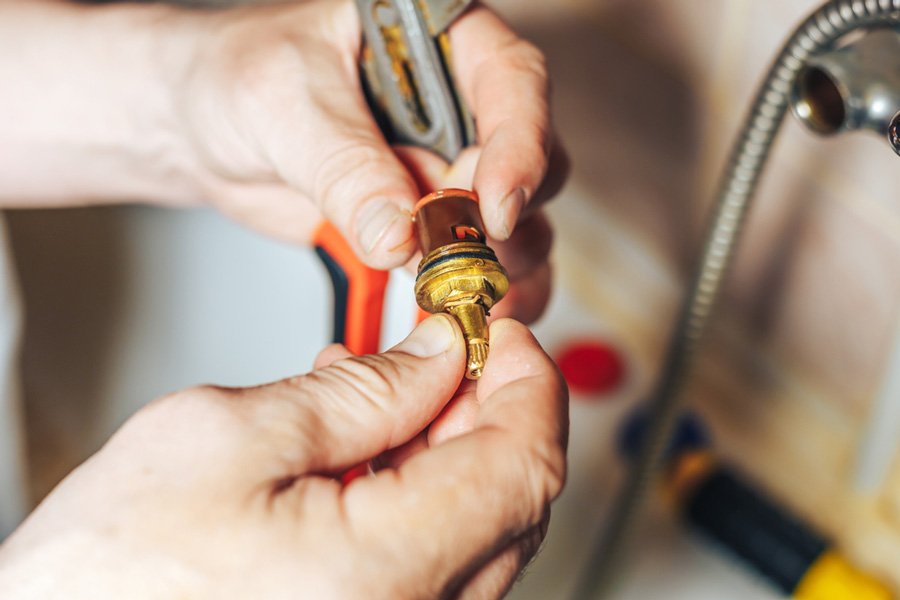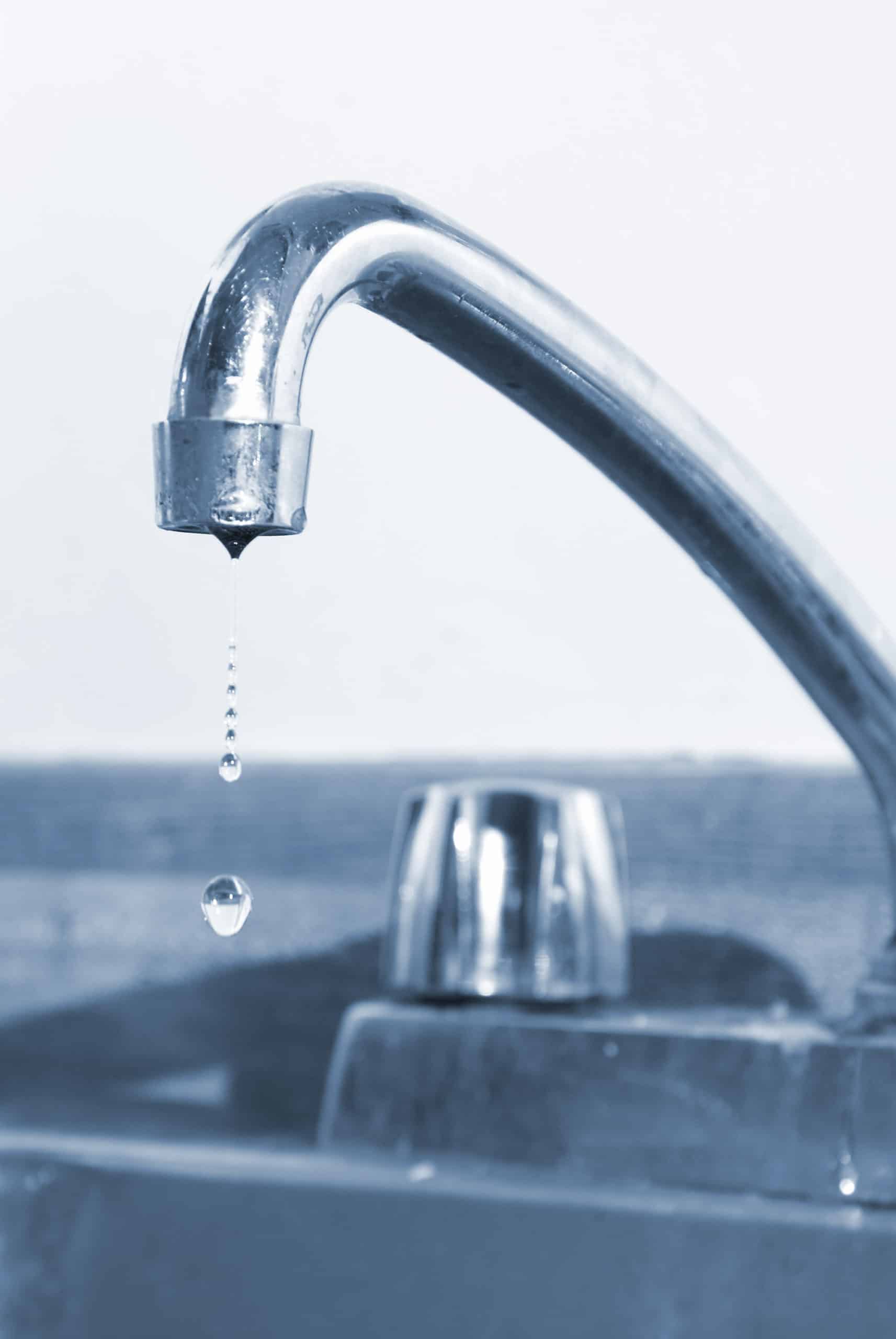When It's Critical to Resolve a Malfunctioning Faucet
When It's Critical to Resolve a Malfunctioning Faucet
Blog Article
How do you really feel in relation to Water Dripping from Faucet: Why and How to Fix?

Dripping taps might feel like a minor inconvenience, yet their influence surpasses simply the nuisance of the noise. From drainage to sustaining unnecessary monetary expenses and wellness risks, neglecting a leaking tap can cause numerous effects. In this article, we'll delve into why it's critical to resolve this common family problem quickly and effectively.
Waste of Water
Environmental Impact
Dripping taps contribute considerably to water wastage. According to the Epa (EPA), a single tap trickling at one drip per secondly can throw away greater than 3,000 gallons of water each year. This not just pressures water resources yet likewise influences environments and wild animals based on them.
Step-by-Step Overview to Repairing a Dripping Tap
Devices Required
Before trying to fix a leaking tap, gather the required devices, consisting of a flexible wrench, screwdrivers, replacement parts (such as washing machines or cartridges), and plumber's tape.
Usual Faucet Issues and Their Solutions
Determine the type of tap and the certain concern creating the drip. Usual issues consist of damaged washers, rusty valve seats, or damaged O-rings. Describe manufacturer guidelines or on-line tutorials for step-by-step assistance on repair work.
Financial Expenses
Increased Water Expenses
Beyond the environmental influence, trickling taps can pump up water expenses significantly. The built up wastage over time translates into greater utility expenses, which can have been stayed clear of with timely repairs.
Prospective Building Damages
Moreover, long term leaking can lead to harm to fixtures and surface areas surrounding the tap. Water accumulation can create staining, deterioration, and even architectural concerns if left ignored, causing additional repair expenses.
Wellness Issues
Mold And Mildew and Mold Growth
The continuous visibility of dampness from a leaking tap develops an optimal atmosphere for mold and mildew and mold development. These fungi not only jeopardize indoor air high quality yet likewise present wellness threats, specifically for people with respiratory system problems or allergic reactions.
Waterborne Conditions
Stationary water in leaking faucets can become a breeding ground for bacteria and various other microorganisms, enhancing the risk of waterborne conditions. Impurities such as Legionella bacteria grow in stagnant water, potentially resulting in serious diseases when consumed or inhaled.
Do it yourself vs. Expert Repair work
Advantages and disadvantages of Do It Yourself Repair Service
While some may try to repair a leaking faucet themselves, do it yourself repair work feature their own collection of challenges. Without correct knowledge and devices, do it yourself efforts can aggravate the problem or lead to insufficient repairs, lengthening the issue.
Advantages of Hiring an Expert Plumber
Working with a professional plumber guarantees that the underlying root cause of the trickling faucet is dealt with successfully. Plumbing professionals possess the knowledge and devices to identify and fix tap problems effectively, conserving time and lessening the danger of additional damages.
Environmental Obligation
Private Contribution to Conservation
Taking duty for dealing with trickling taps lines up with broader efforts towards water preservation and environmental sustainability. Every person's actions jointly make a considerable impact on preserving priceless resources.
Lasting Living Practices
By focusing on prompt fixings and embracing water-saving behaviors, individuals add to sustainable living techniques that benefit both existing and future generations.
Preventive Measures
Normal Upkeep Tips
To prevent trickling faucets, perform regular maintenance such as cleaning up aerators, evaluating for leaks, and changing damaged parts quickly. Furthermore, think about setting up water-saving gadgets or upgrading to more effective fixtures.
Significance of Prompt Services
Addressing dripping faucets as soon as they're noticed prevents more water wastefulness and possible damages, eventually saving both water and money in the future.
Influence On Residential Or Commercial Property Worth
Assumption of Well-Maintained Residential Property
Preserving a residential property in good condition, including addressing upkeep issues like trickling faucets, boosts its viewed worth and value amongst prospective buyers or lessees.
Influence on Resale Worth
Residences with properly maintained plumbing fixtures, consisting of taps, command higher resale values in the property market. Addressing leaking taps can add to a positive impression during building assessments and arrangements.
Conclusion
Dealing with a leaking faucet exceeds simple comfort; it's a crucial action towards preserving water, reducing financial costs, and guarding health and residential property. Whether through DIY repair services or expert support, doing something about it to take care of dripping faucets is a little yet impactful way to advertise responsible stewardship of sources and contribute to a much healthier, a lot more lasting future.
How to Fix a Leaky Faucet: Step-by-Step Repair Guide
A leaky faucet may seem like a simple annoyance, but if it's not fixed promptly, that leak could cost hundreds to potentially thousands. From water damage to mold, mildew, and high water bills, even a tiny leak can be catastrophic if left unattended. Damage like this can even affect the overall value of your home, so it's important to take the right approach for leaky faucet repair. You may need the help of a plumber in some cases, but we've got a few tips you can try on how to fix a leaky faucet before calling the pros.
Four Faucet Types
When you're learning how to fix a leaky faucet, the first step is knowing what kind of faucet you're working with! There are four common types.
Cartridge Faucets
Cartridge faucets come in one- or two-handled varieties. In one-handled cartridge faucets, hot and cold water combines in a single cartridge. In the two-handled versions, hot and cold water are controlled separately and mixed in the faucet.
Ball Faucets
Ball faucets have a single lever you push up and down to adjust the pressure and rotate to change the temperature. A slotted metal ball controls the amount of water allowed into the spout.
Compression Washer Faucets
They're the oldest type of faucet, but they're still used in many homes — especially older ones. Compression faucets have two separate handles that, when turned, raise or lower the washer that seals a water valve. This valve stops water from flowing through the faucet when it is turned off.
Disc Faucets
Disc faucets rarely need to be repaired due to their maintenance-free design. The water flow is controlled by two discs — the upper one raises and lowers against a fixed lower disc, creating a watertight seal. If your disc faucet starts leaking, you may need to replace the seals or clean residue buildup from the inlets.
Fixing a Leaky Faucet
Step 1: Turn Off the Water
Whether you're learning how to fix a leaky bathtub faucet or how to fix a leaky kitchen faucet, always turn off the water supply to your working area when you're fixing a leak. The last thing you want is a flood added to your list of things to fix.
Look for the shutoff valves below your sink or around the tub and turn them clockwise to stop the water flow. If your faucet doesn't have shutoff valves, you may need to turn off the water for the whole house. Check to make sure it's off by turning the faucet on. If nothing comes out, you're ready to start the repair.
Step 2: Take Apart the Faucet
How you disassemble your faucet depends on the type of fixture you have. You can use a flathead screwdriver to remove the caps on top of the handle or handles for cartridge and compression faucets. Inside, you should see handle screws. Unscrew these with a screwdriver to remove the handle.
Disc- and ball-style faucets will typically have an inlet screw near the handle, and removing that will reveal the interior of the faucet.
Detach the Valve Stem
For cartridge- and compression-style faucets, you'll see the inner valve stem or cartridge once you remove the faucet handles. If you have a compression faucet, unscrew the brass valve stem. If you have a cartridge faucet, pull out the cartridge. If your cartridge has been in place for a while, it may require some tools or extra force to remove it due to mineral deposits.
Examine and Replace Parts
Once you've removed the parts, check them out to confirm what needs to be replaced. You may see corroded rubber washers, O-rings, stems, or cartridges. On a ball-style faucet, check the seats and springs for damage.
If you need to repair a leaky disc faucet, check the inlet and seals on the lower disc.
Once you determine what parts must be replaced, visit your local hardware store. Bring the damaged parts with you to ensure you can purchase the correct components to replace them.
Clean Valves and Faucet Cavity
If you've removed a stem or cartridge, you may notice mineral buildup in the faucet's threads. Use white vinegar to clean the valve seat by soaking it for a few minutes, then scrub it away with a soft toothbrush and rinse with warm water. You can also clean the interior of the faucet in the same way.
Reassemble the Faucet
Once your faucet is cleaned and the required parts have been replaced, it's time to reassemble it. Put the pieces back together and slowly turn the water supply back on. Doing this slowly is crucial because too much initial water pressure can damage the new hardware you've just installed.
https://homewarranty.firstam.com/blog/how-to-fix-leaky-faucet

Do you enjoy reading about Should I Repair or Replace a Leaky Faucet?? Place a remark down the page. We'd be delighted to hear your suggestions about this write up. We are looking forward to see you back again later on. Liked our blog? Please share it. Let somebody else locate it. Thanks a bunch for being here. Revisit us soon.
Report this page